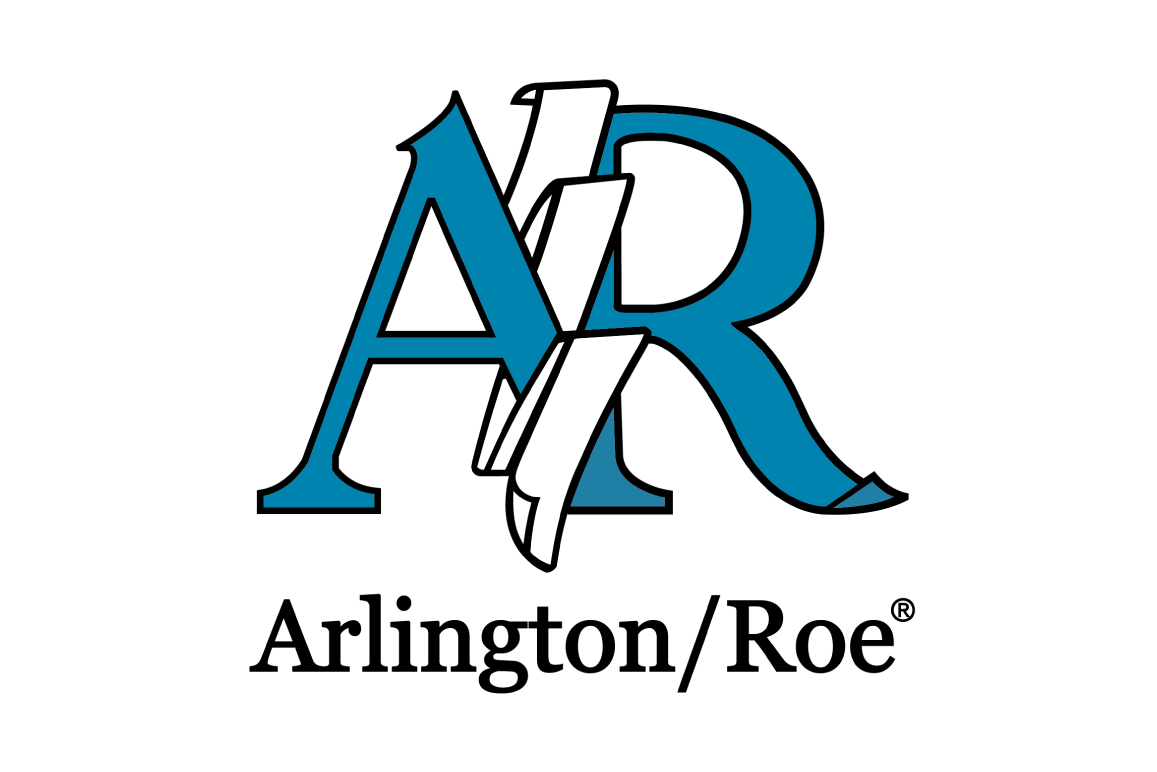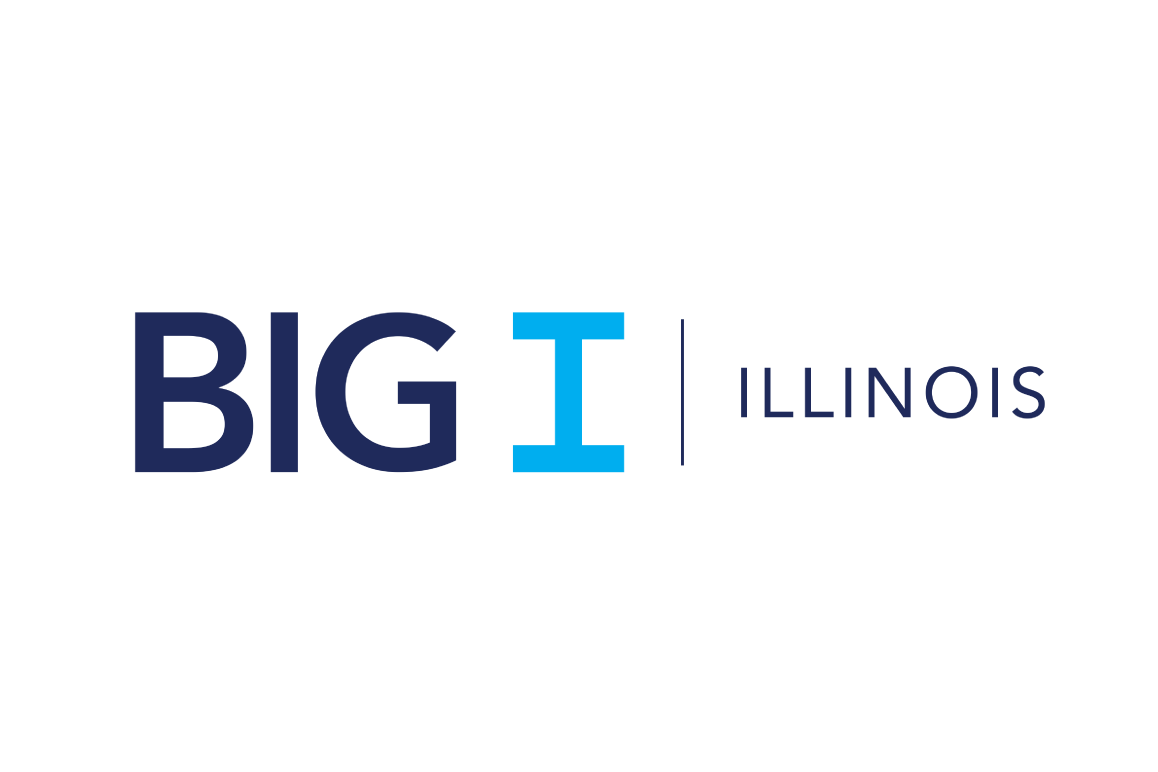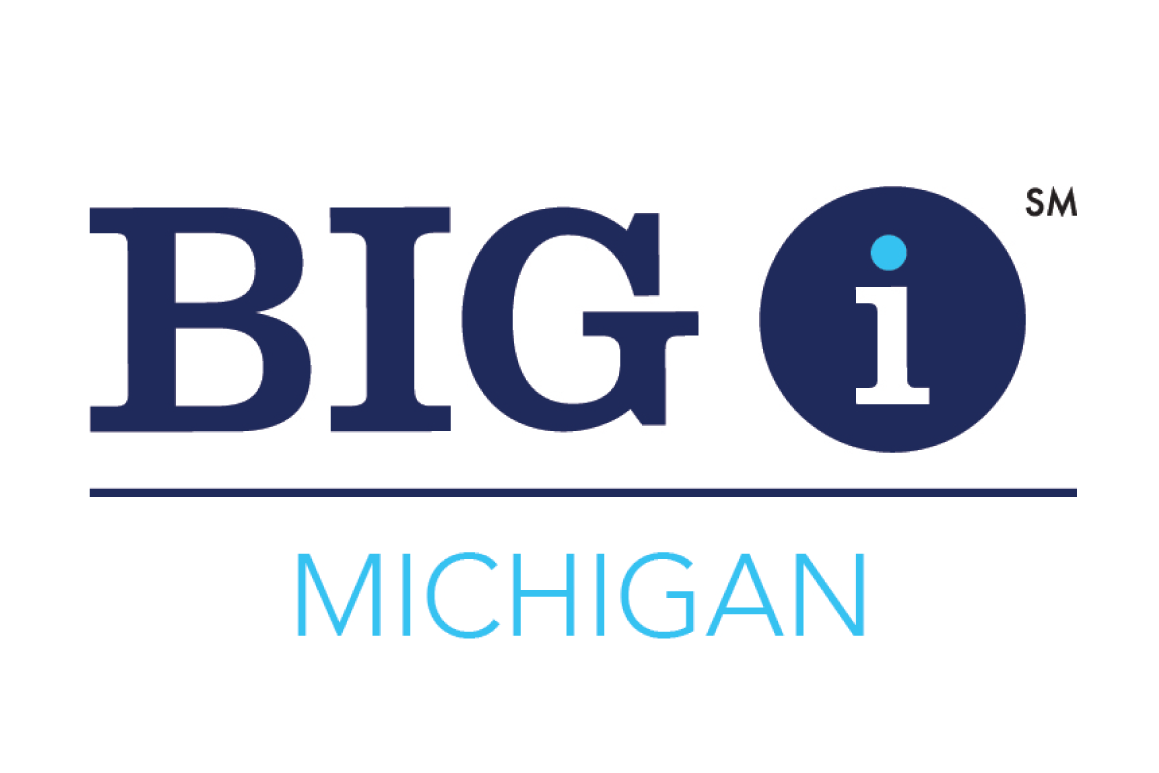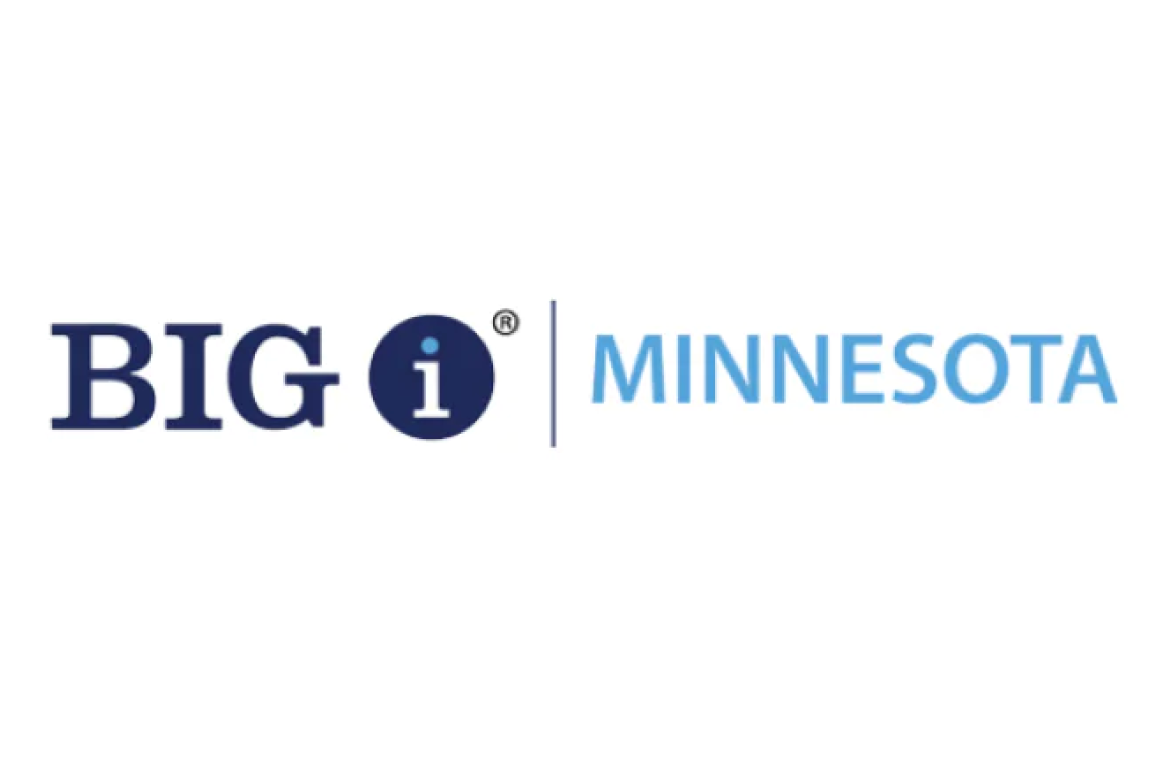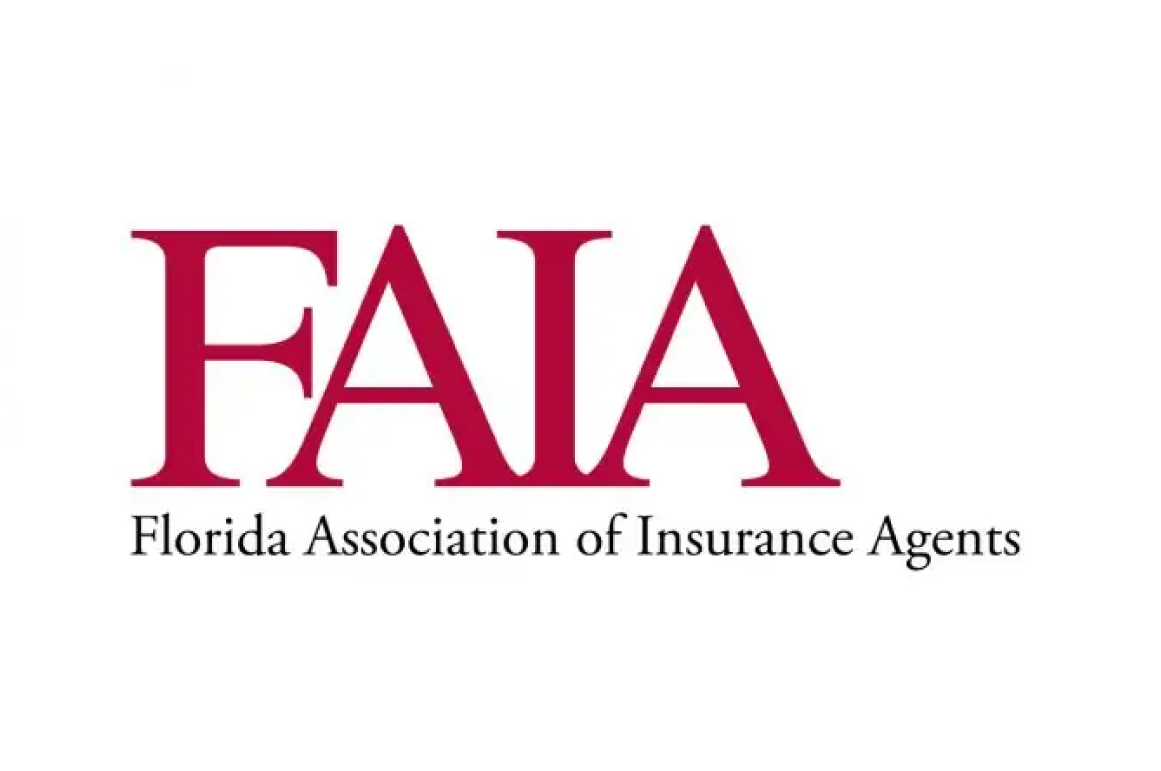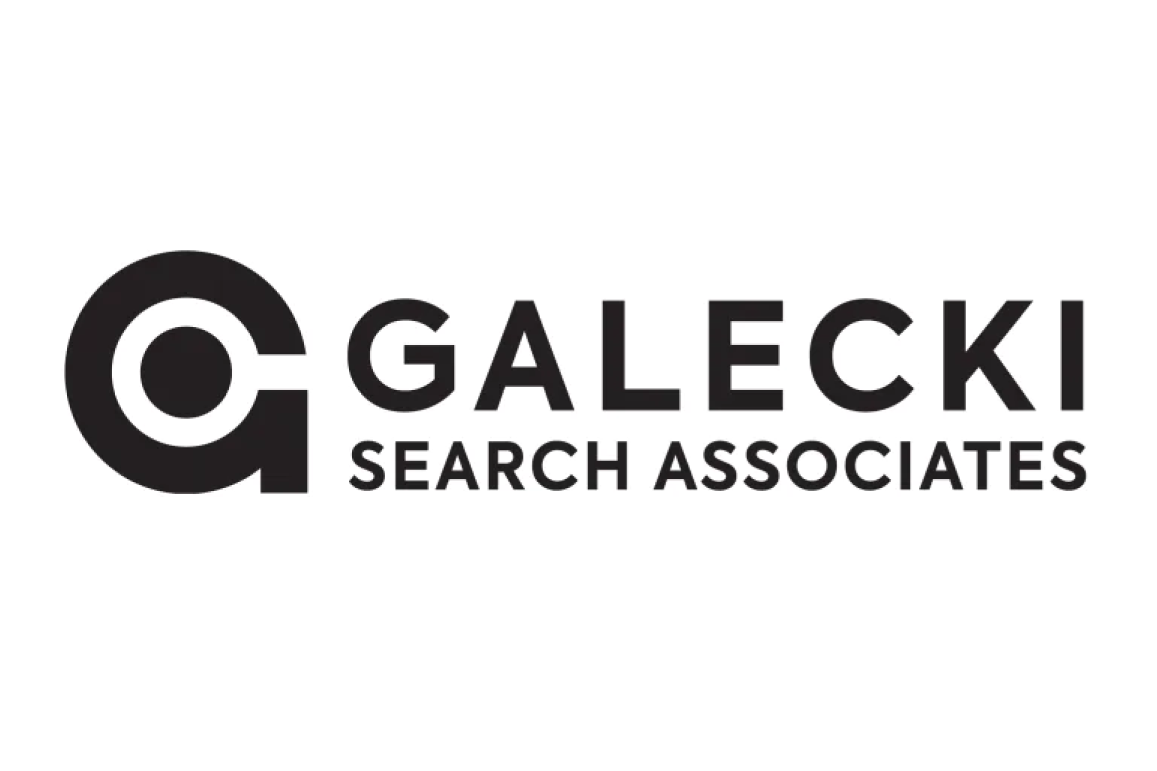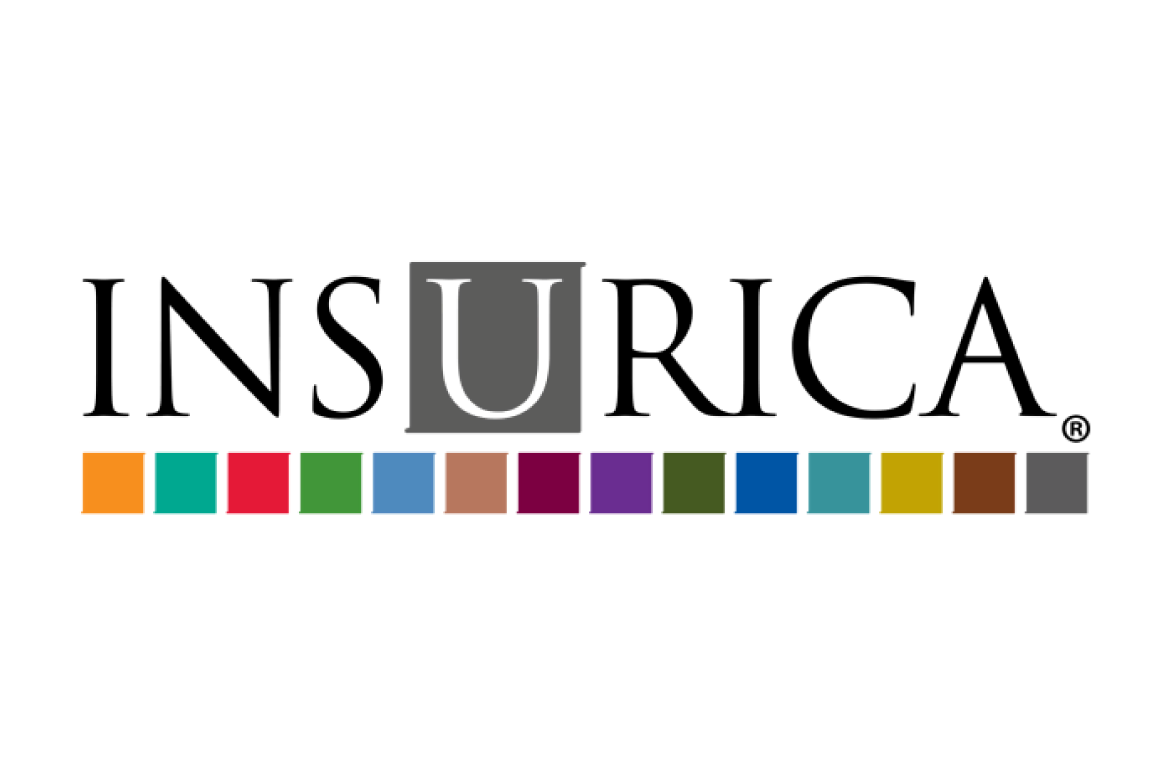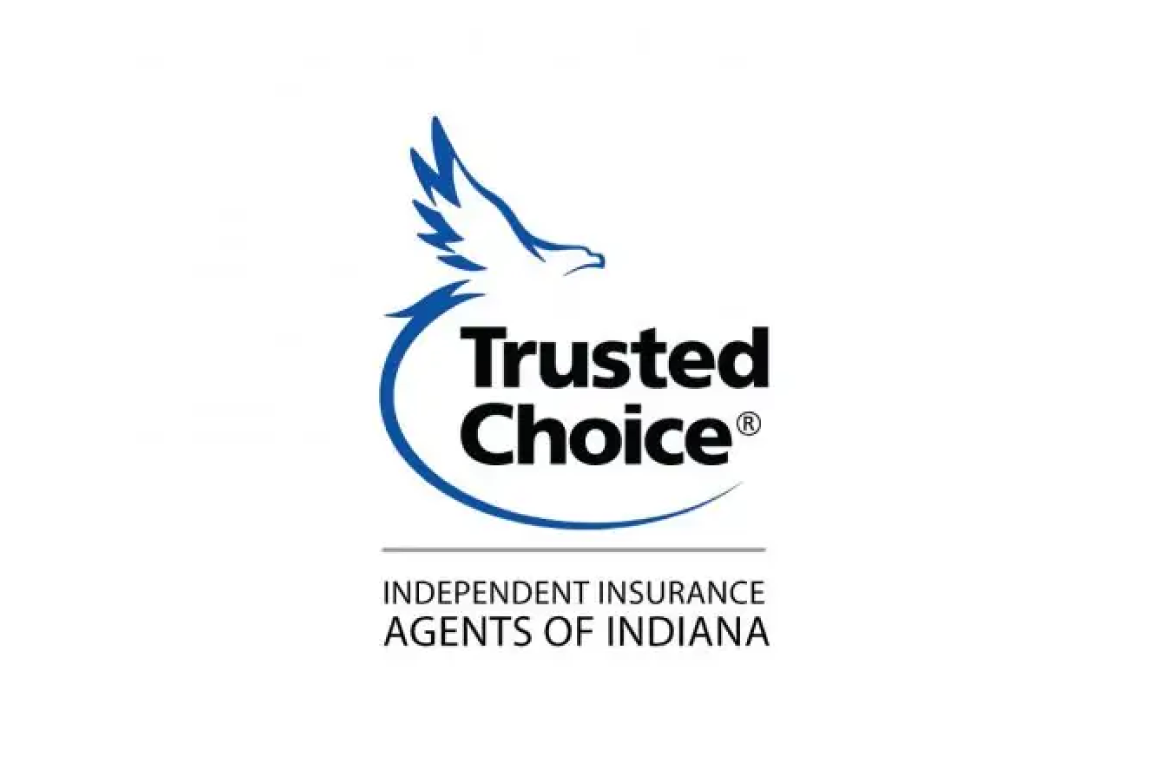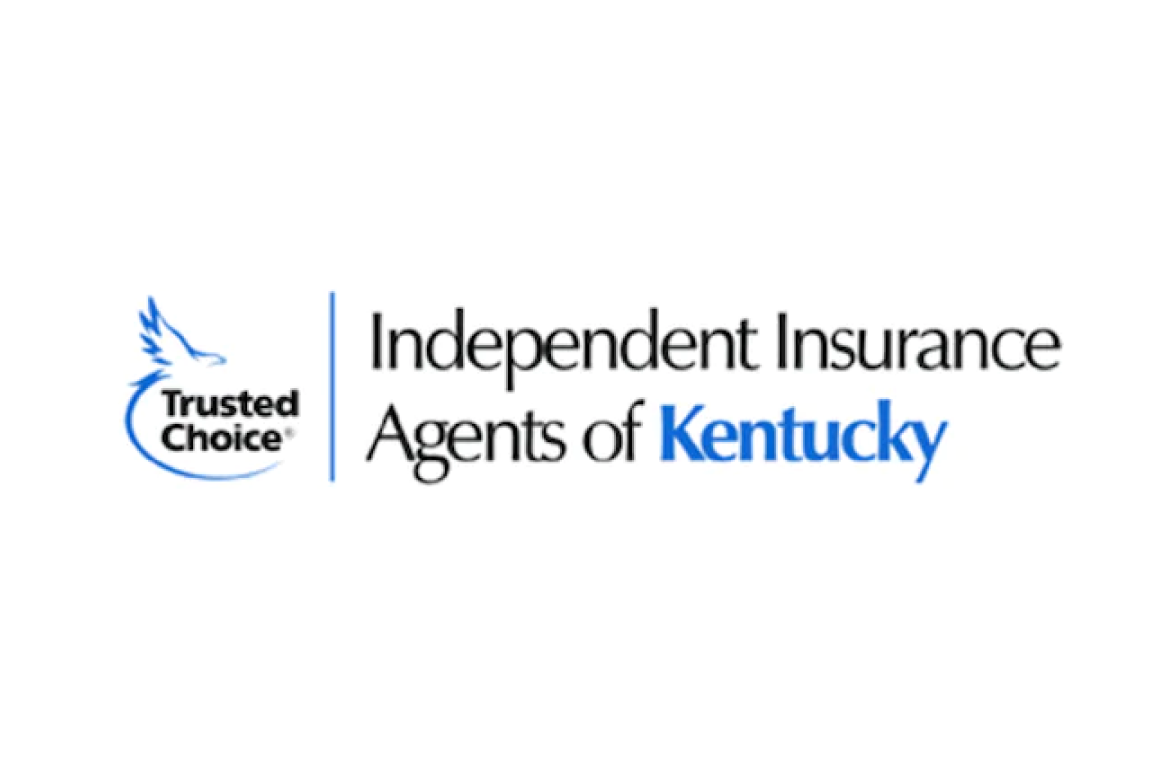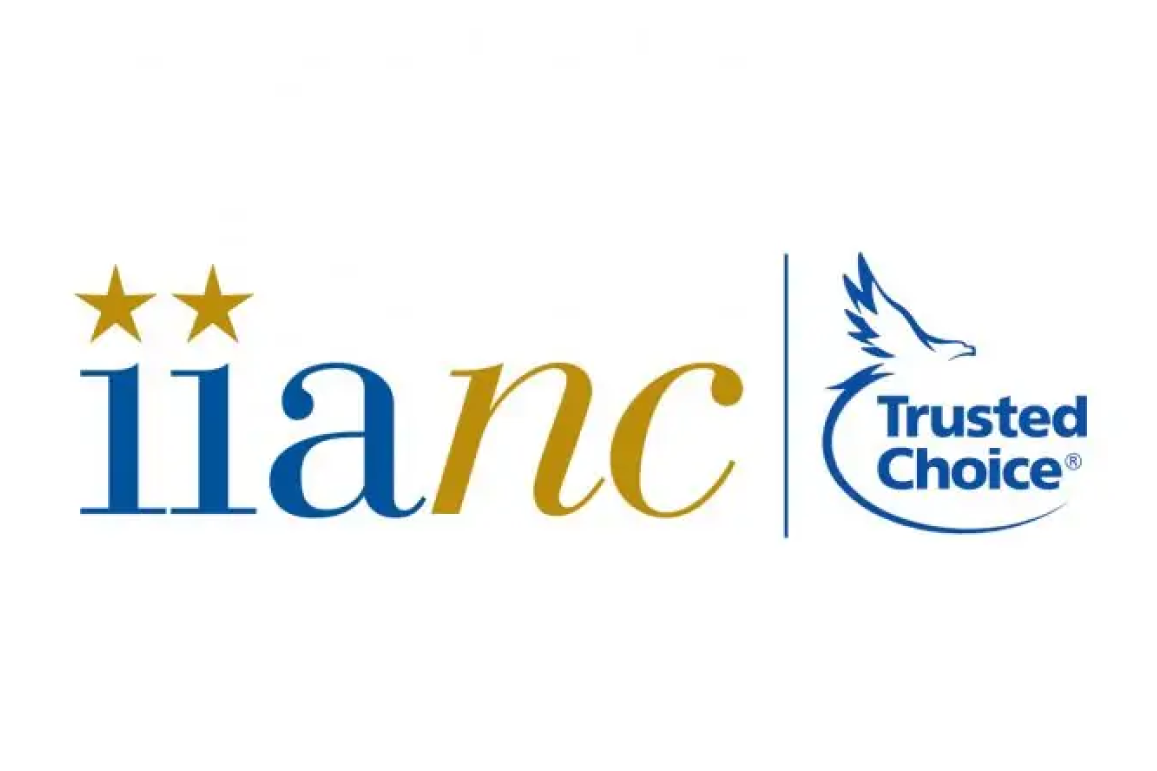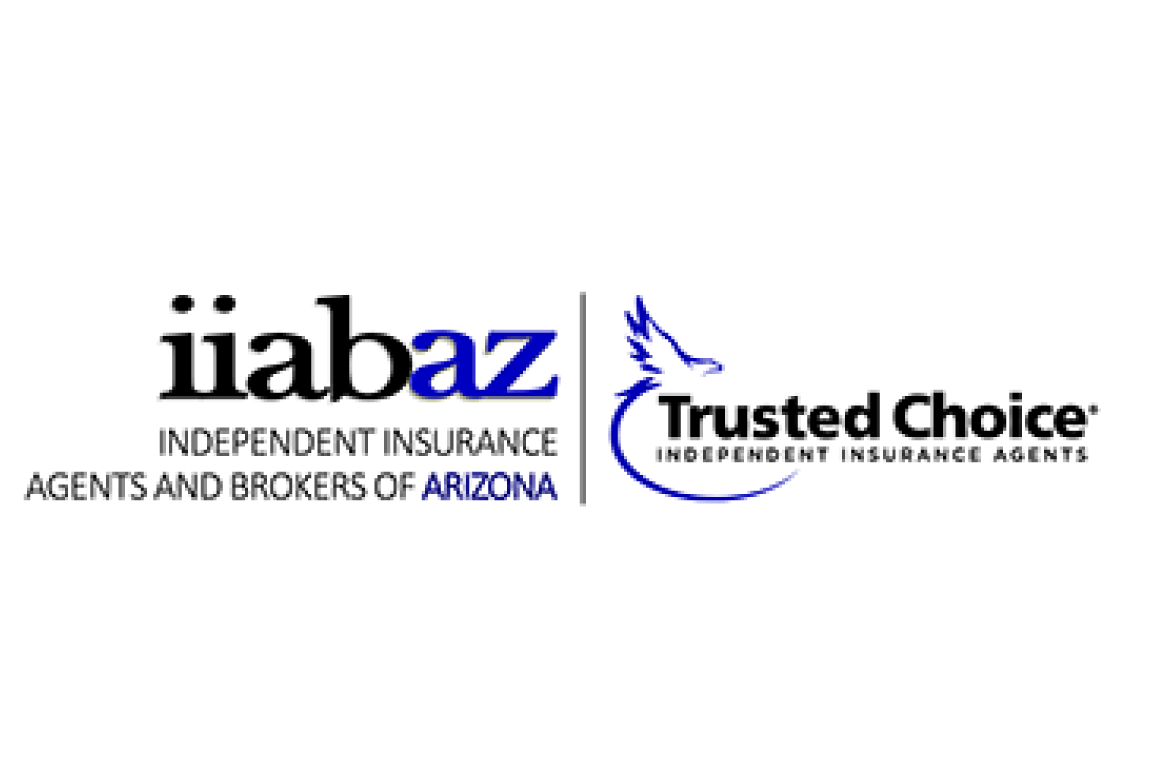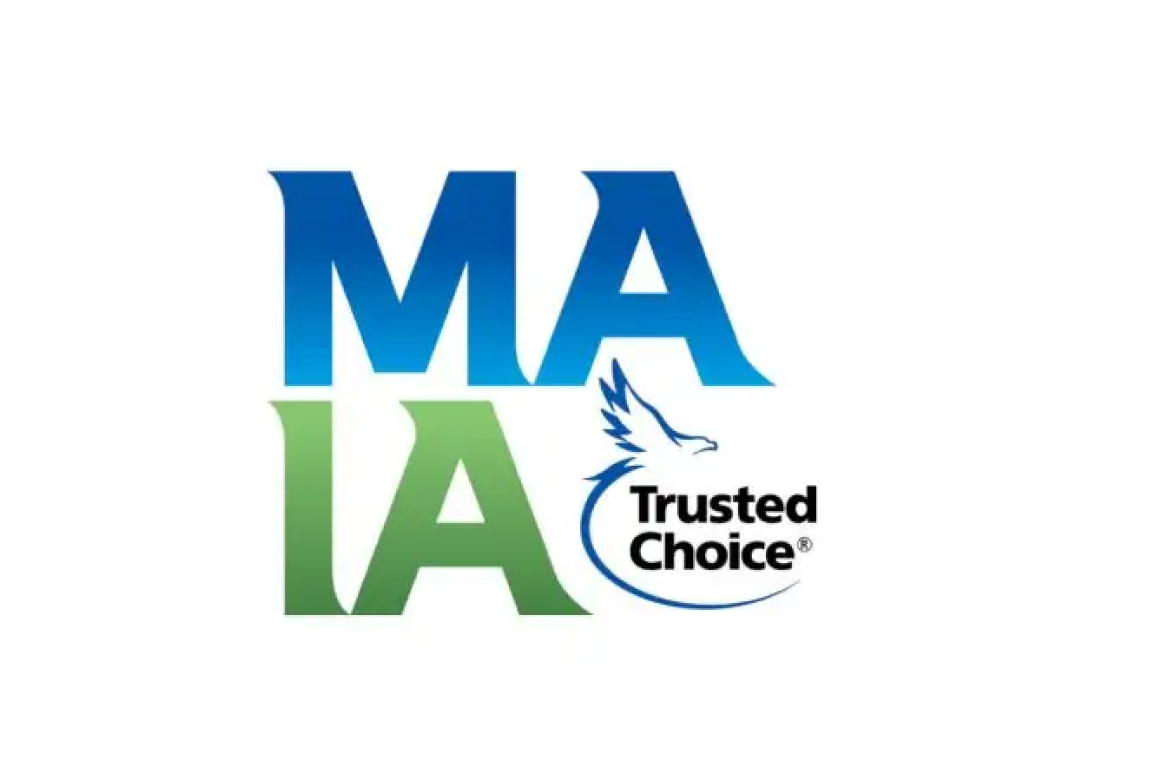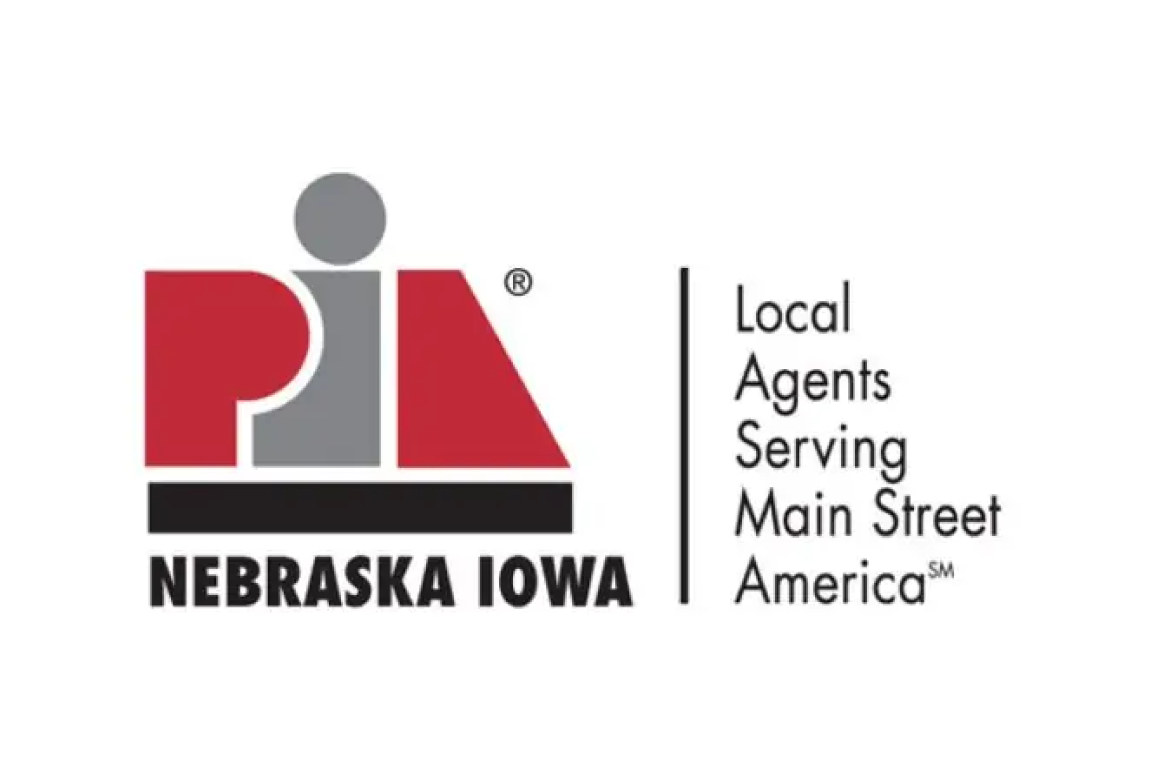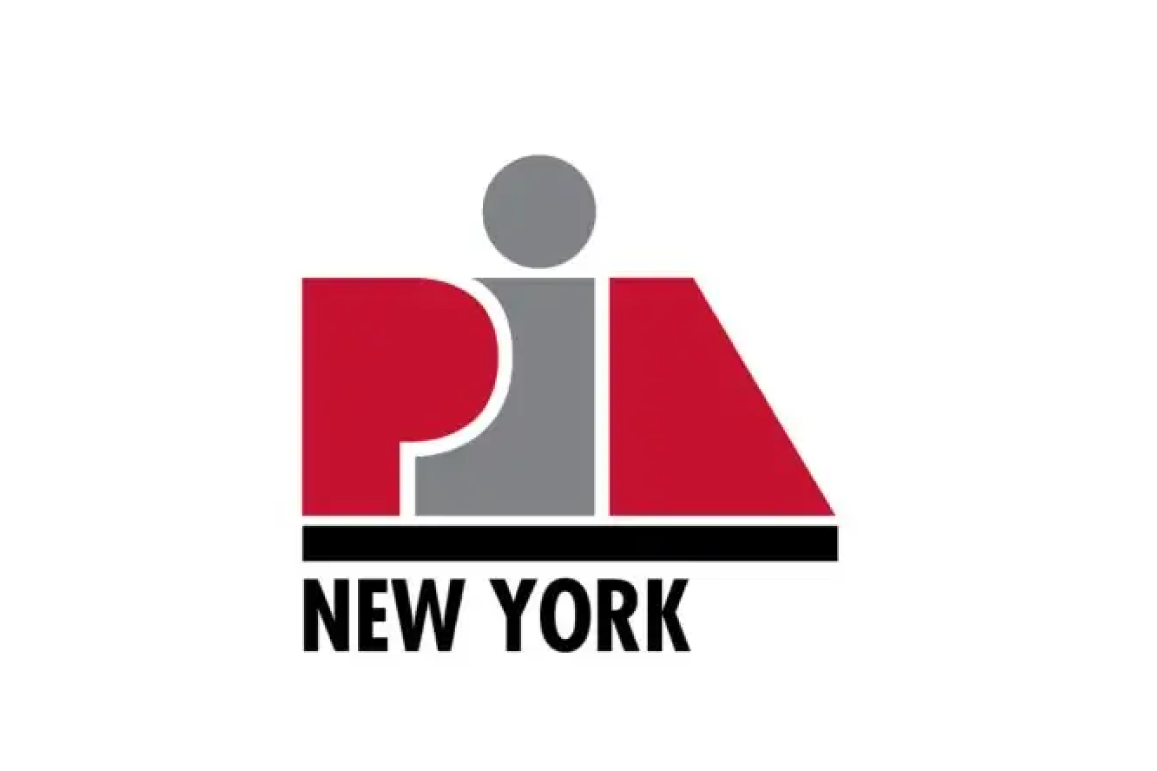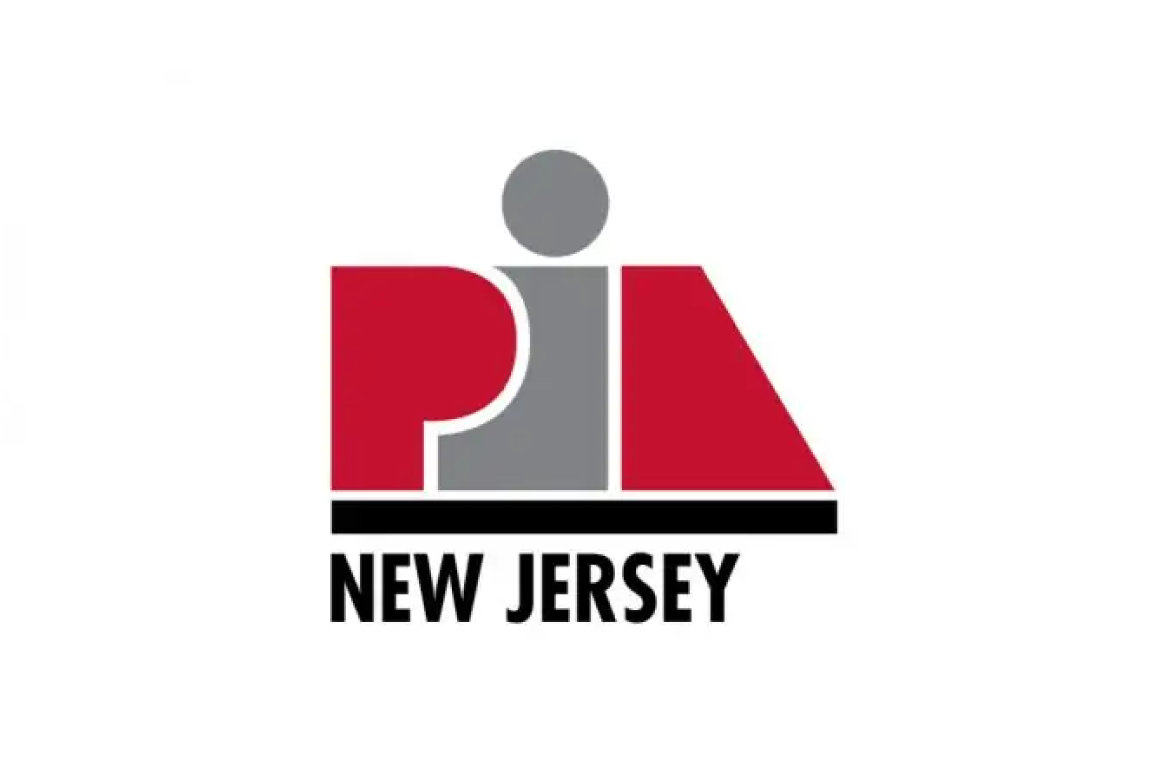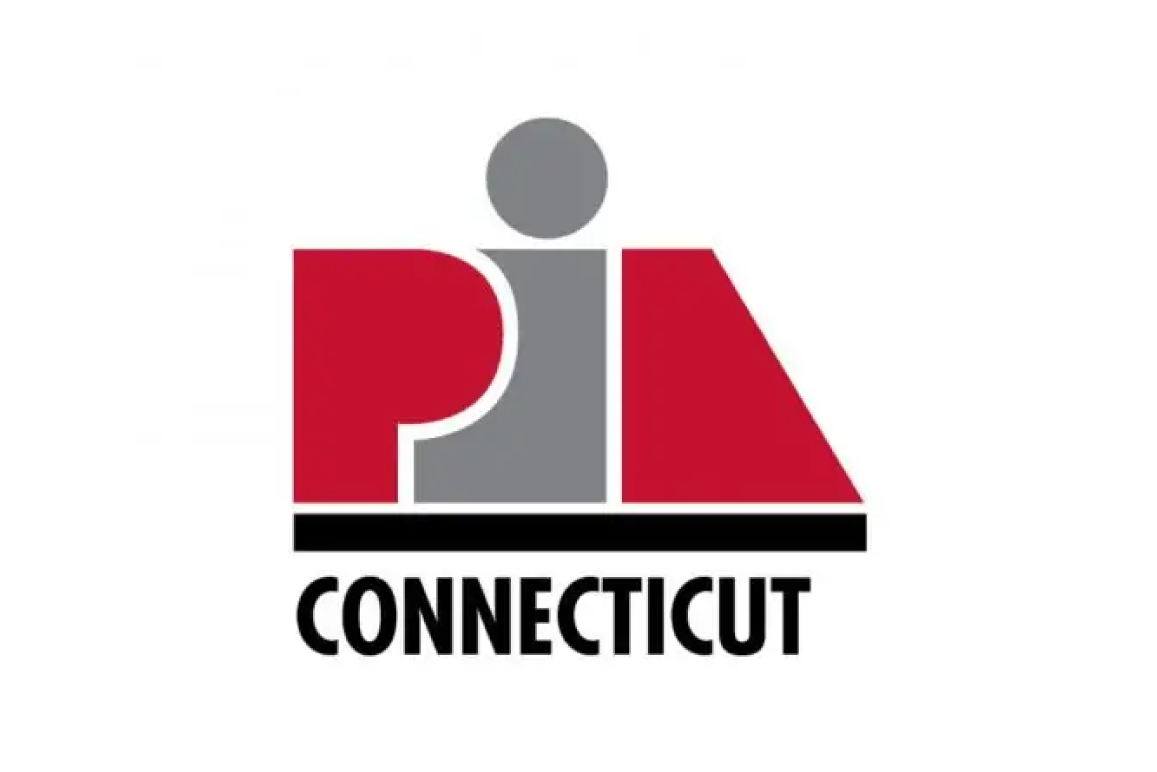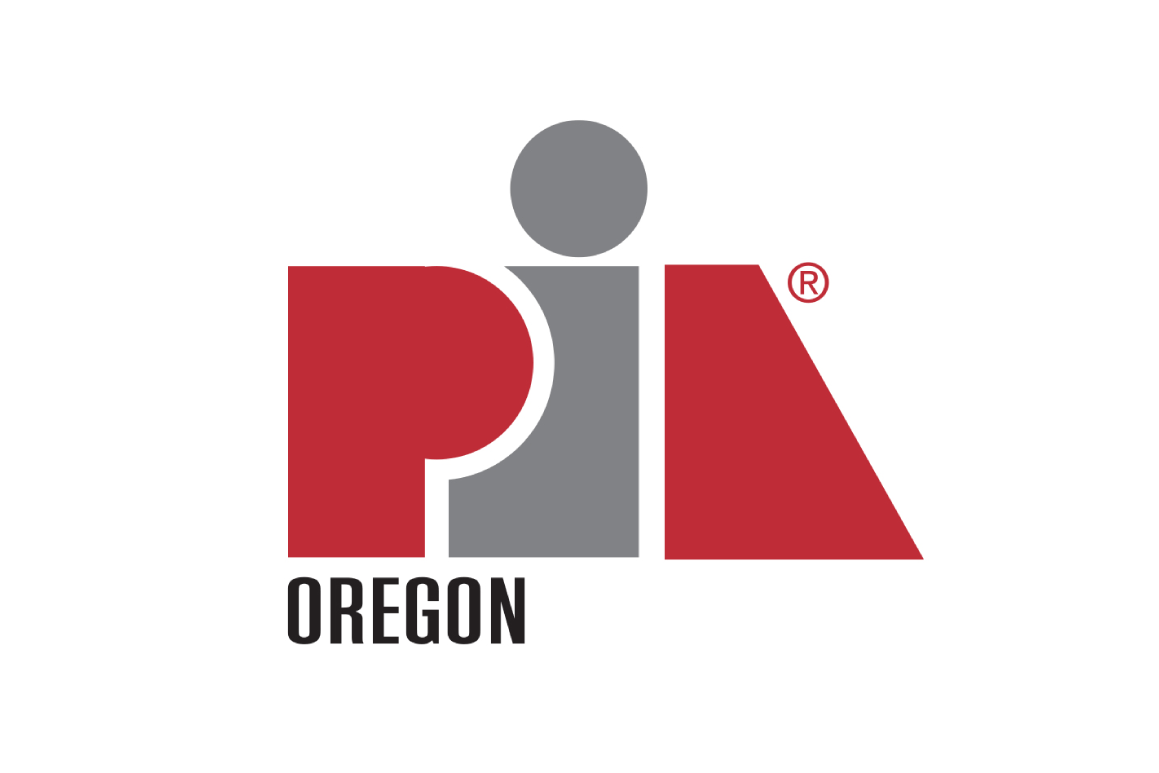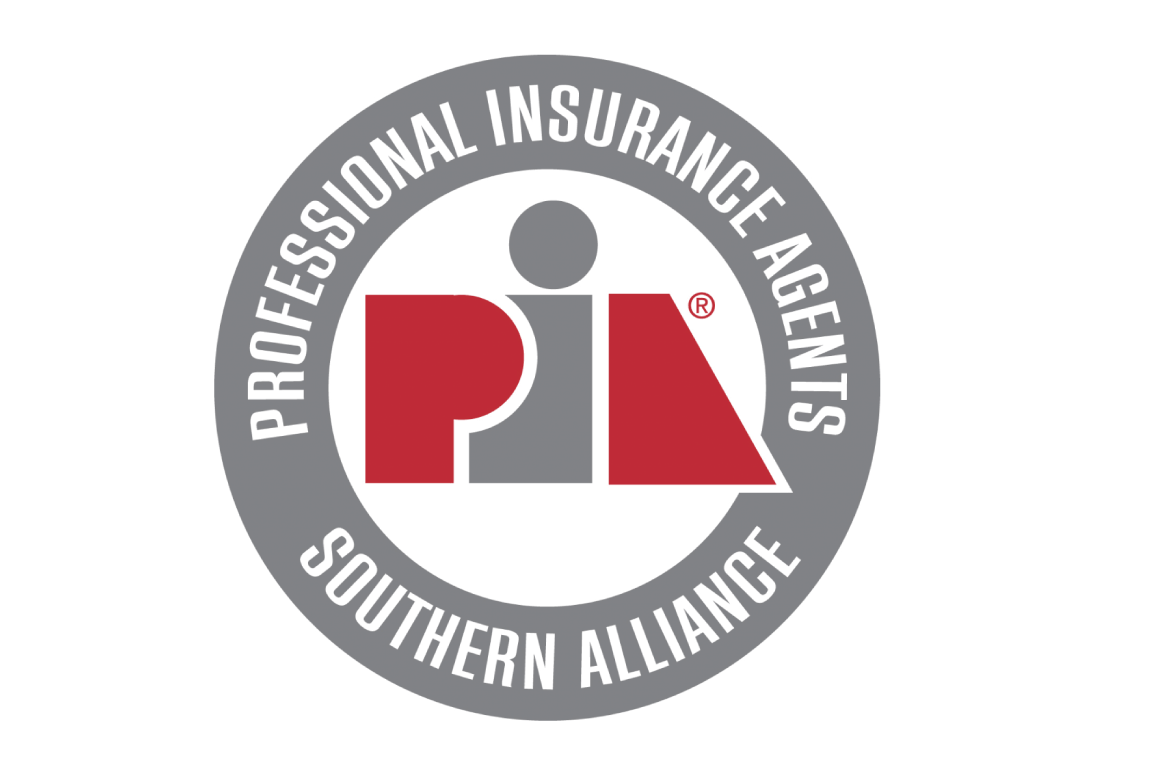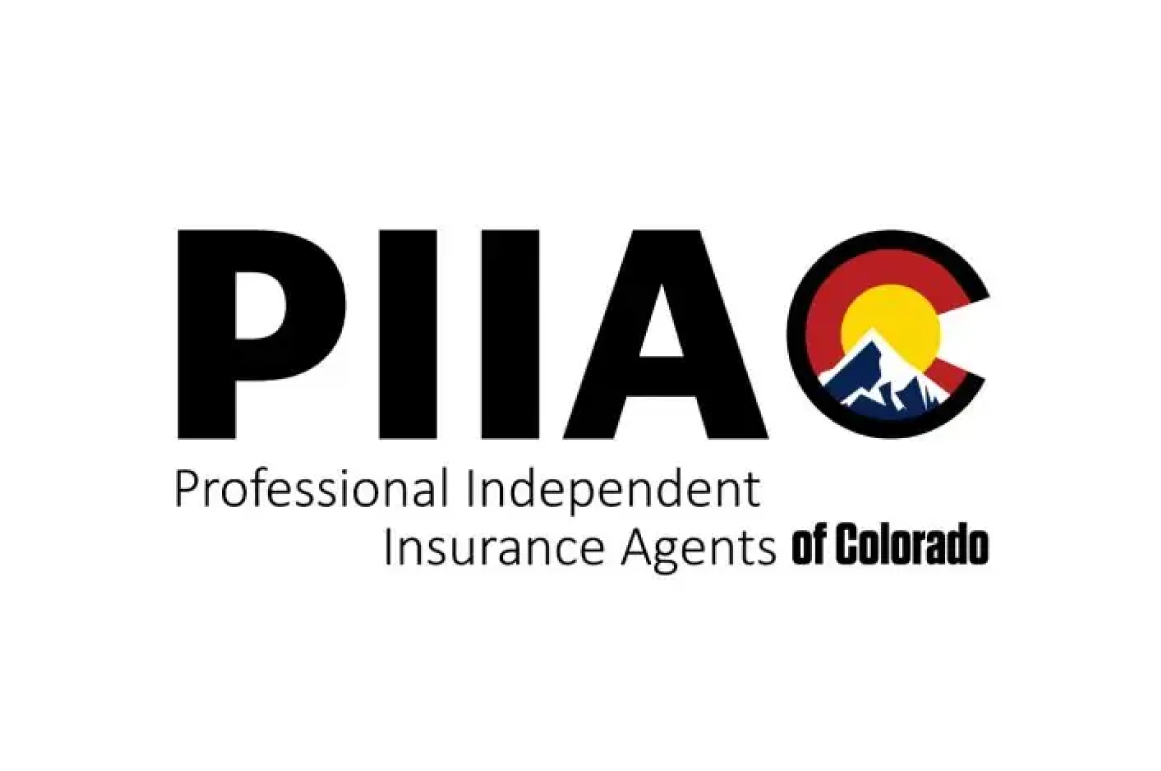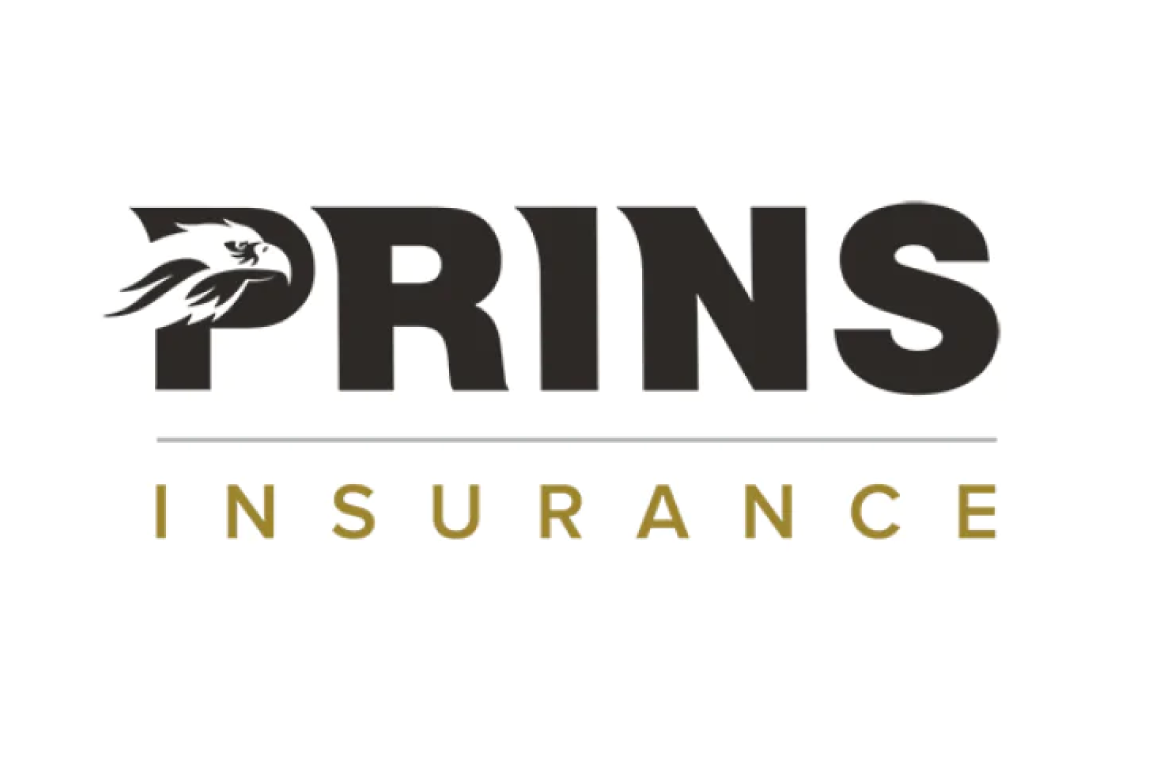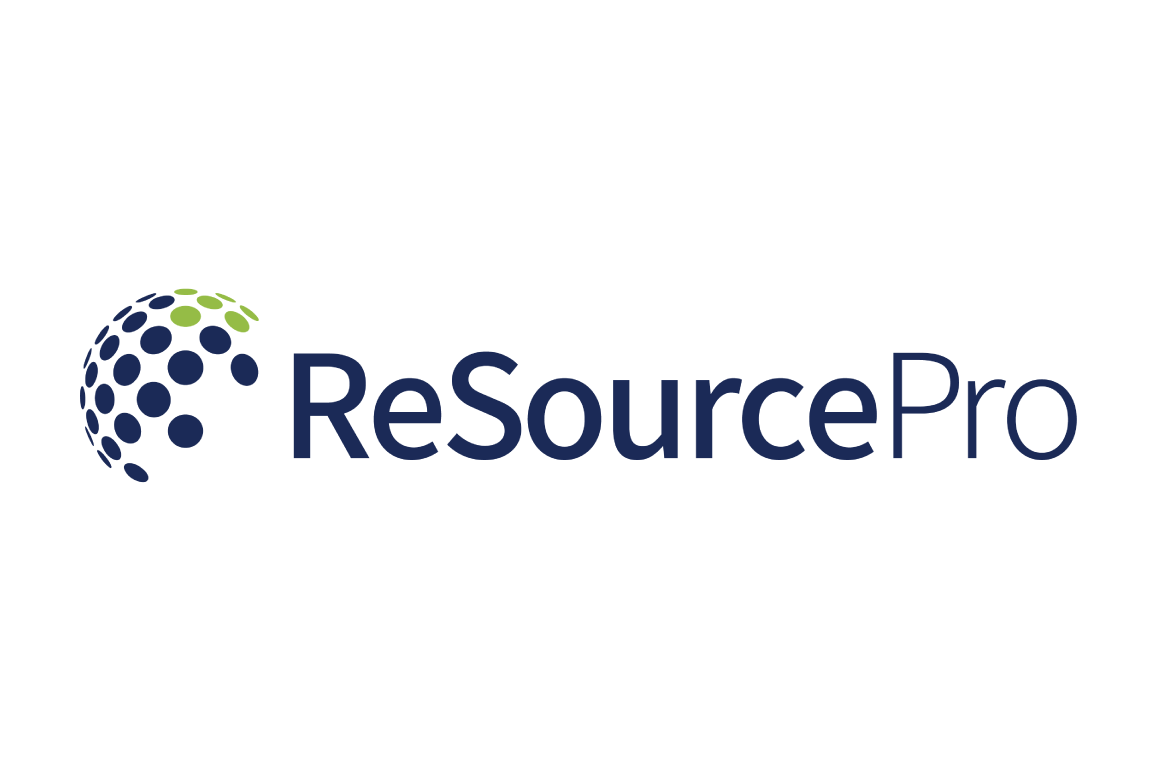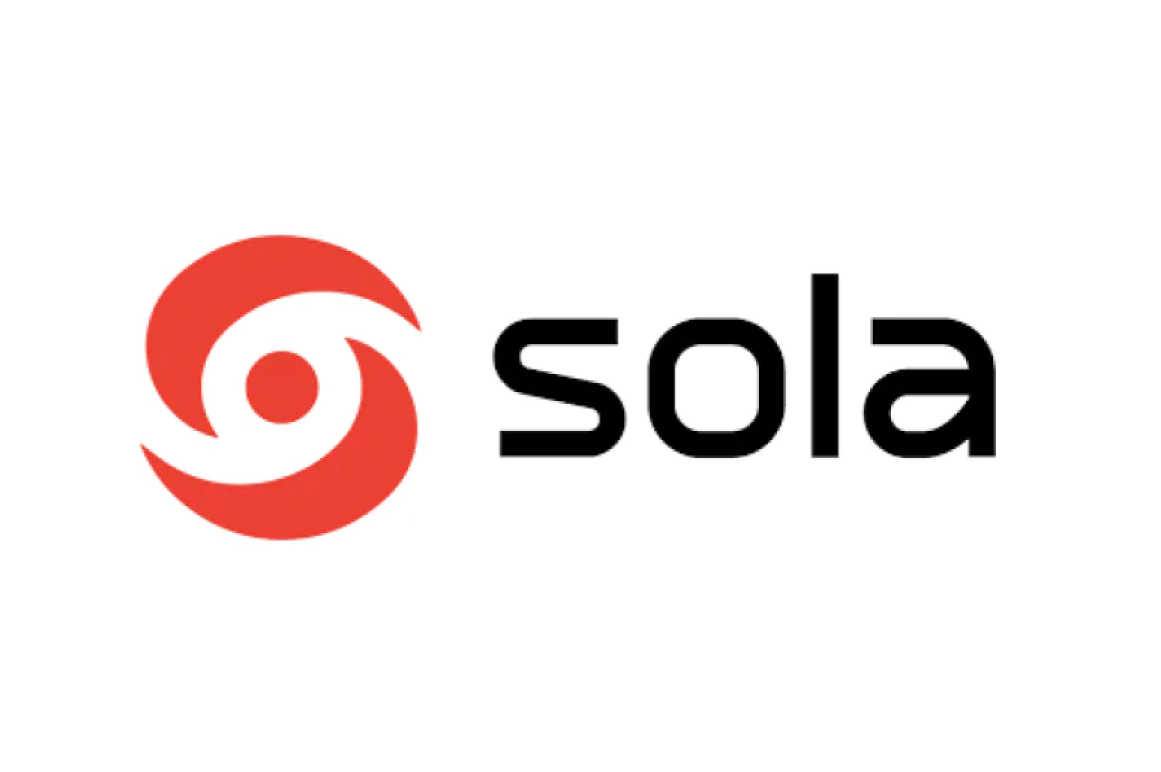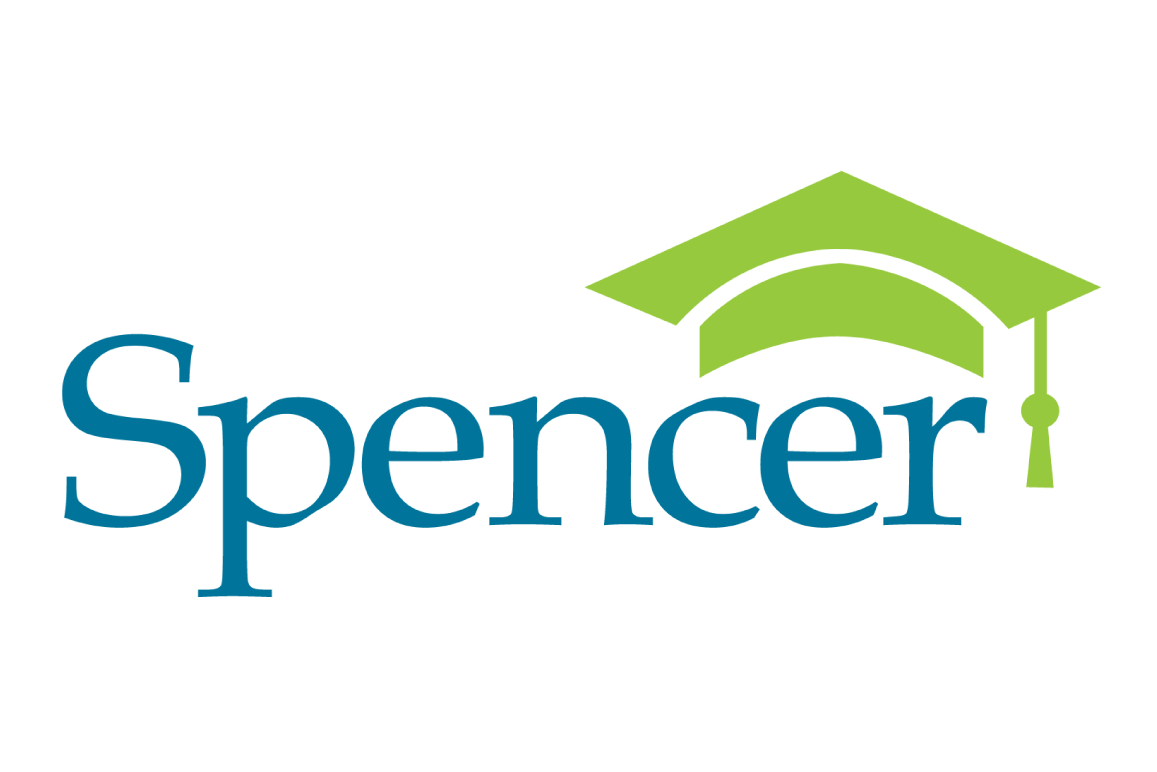By Brian Gilmore, J.D.
January 1, 1980, was a momentous day in the employee benefits field. It was the day Internal Revenue Code 401(k) went into effect, creating the first major opportunity for employers to offer defined contribution retirement plans to employees. January 1, 2020, marks both the 40th anniversary of the 401(k) plan, as well as the introduction of its successor on the health insurance side. This newly defined contribution health plan vehicle is referred to as an Individual Coverage Health Reimbursement Arrangement—or, more commonly, “ICHRA.”
An ICHRA (pronounced “ICK-rah”) is a health plan arrangement sponsored by employers to reimburse employees for the cost of premiums for health insurance products purchased on the individual markets. Employers establish a set allocation and that amount is treated as a tax-free reimbursement to employees. Importantly, the ICHRA approach is not tied to employment, but to the individual market policies available to all Americans.
The pre-2020 model depended almost entirely on the traditional employer-sponsored group major medical plan, best thought of as analogous to the traditionally defined benefit pension plan on the retirement side. While defined benefit pension plans were popular years ago, the vast majority of employers subsequently moved to defined contribution plans, mostly 401(k) plans. ICHRAs promise a similar shift in health insurance in the coming years.
The Departments of Labor, Health and Human Services, and the Treasury (the Departments) estimate that roughly 800,000 employers will offer an ICHRA in the initial ten-year period from 2020–2029; in the first five years alone, the estimate is that roughly 11 million individuals will be covered by an ICHRA.1 It is no secret that the small sliver of the American population in the individual market has never represented an actuarially desirable risk pool for insurance carriers. Given the Departments’ estimates, the movement to ICHRAs has the potential to significantly stabilize the individual market.
The Defined Contribution Allure for Employers
The 401(k) plan provided employers with the opportunity to exit the financial, accounting, and administrative demands of a defined benefit pension plan. Employers have been searching for a similar exit ramp on the health plan side ever since. Employers have long desired something truly akin to the 401(k) approach where the employee directs the funds to an underlying product that is not maintained by the employer. In most 401(k) plans, the employee’s benefit is simply the result of the employee’s investment decisions in third-party products (typically mutual funds). The employer’s primary obligation with respect to those mutual funds is its fiduciary duty under ERISA to prudently select and monitor those designated investment alternatives.
The ICHRA similarly directs employees to choose their own underlying product in the form of an individual health insurance policy. The ICHRA actually is more advantageous to employers than the 401(k) in this regard because the rules explicitly provide that employers have no ERISA fiduciary duties with respect to the underlying individual coverage as long as the employer meets a few basic requirements.
The result for the employer is a very streamlined offering in the form of the ICHRA, with relatively few administrative or compliance requirements compared to a traditional group health plan. Plus, the employer’s cost is fixed at the amount of the employer’s ICHRA allocation to each employee, much in the same manner as a 401(k) employer non-elective or matching contribution.
The Individual Market Allure for Employees
While much of the focus on the ICHRA revolution is on employers, the main appeal for employees is two-fold:
1. Increased Plan Options: most employers offer only a handful of medical plan options, while employees looking for coverage on the individual market will have the full array of carriers and plan options available. While this prospect is less appealing in areas of the country with less-than-flourishing individual markets, the injection of ICHRA-driven good risk and consumer demand should improve that outlook.
2. Portability: Typically, in a traditional group health plan, an employee’s only option to continue coverage when changing jobs is through COBRA. And when the employee moves to the new employer, the employee will almost certainly move to a (likely significantly different) plan offered by the new employer.
In a labor field where ICHRAs could eventually become the predominant health plan offering by employers, employees would no longer be subject to the limitations of each employer’s small menu of group health plan options, and they will no longer need to change plans or carriers when moving to new employers or retiring before age 65.
This Time It’s Different
John Templeton is widely credited with the famous quote: “The four most dangerous words in the English language are ‘This time it’s different.’” In that vein, there should be a healthy dose of skepticism as to whether the ICHRA really is the silver bullet of defined contribution, 401(k)-style disruption. Ever since its rise to prominence in the World War II-era and its labeling as a “historical accident,” commentators have predicted the downfall of America’s uniquely employer-based health coverage delivery system.
What actually makes this time different is a confluence of factors that have finally aligned to unlock the individual health insurance market as a viable alternative for employers. The key to this analysis lies first in the historical dichotomy that has defined the individual vs. group markets since the wage controls of the World War II-era, and more recently in the ACA’s strong push to preserve those distinct spheres.
Why Employers Didn’t Utilize the Individual Market Pre-ACA
Pre-Existing Condition Exclusions:
• Problem: The individual market permitted medical underwriting and pre-existing condition exclusions without the group market’s HIPAA portability protections and limitations on such practices for employees and dependents.
• ICHRA Solution: The ACA has since prohibited medical underwriting and pre-existing condition exclusions in the individual market.
Taxes:
• Problem: World War II-era wage controls led to employers increasing compensation through health coverage not subject to the caps, and Congress enacted Internal Revenue Code 106 to exclude the cost of coverage from employees’ gross income (the “historical accident”). No similar tax advantage exists for individuals purchasing coverage outside of an employer-based arrangement.
• ICHRA Solution: ICHRAs permit tax-free reimbursement of employees’ individual policy premiums and employees can pay any remaining portion of the premium pre-tax through the Section 125 cafeteria plan.
Adverse Selection:
• Problem: A market almost entirely exclusive of the prime risk pool: full-time employees.
• ICHRA Solution: The gradual broadening of the risk pool as full-time employees shift to individual market ICHRA plan offerings.
Why Employers Didn’t Utilize the Individual Market Under the ACA (Before January 1, 2020)
ICHRAs Prohibited:
• Problem: The notorious “Friday the 13th Guidance” in 2013 (IRS Notice 2013-54; DOL Technical Release 2013-03), and “ACA Potluck Guidance” in 2015 (IRS Notice 2015-17; IRS Notice 2015-87) slashed employer opportunities to foster individual marketplace enrollment. The guidance prohibited employers from directly paying for or reimbursing individual market coverage (even on a non-tax-advantaged basis) at risk of a $100/day/employee (or $36,500/year/employee) excise under Internal Revenue Code 4980D.
• ICHRA Solution: President Trump’s Executive Order 13813 was designed to override the Friday the 13th Guidance—the ACA Potluck Guidance—and related individual policy reimbursement prohibition guidance to “allow HRAs to be used in conjunction with nongroup coverage.” The result is the establishment of the ICHRA through the final regulations applicable on January 1, 2020.
The Employer Mandate:
• Problem: Employers subject to the ACA employer mandate (generally 50+ full-time employees) were required to offer employer-sponsored major medical group health plan coverage to at least 95% of full-time employees (generally 30+ hours of service per week) to avoid an Internal Revenue Code 4980H(a) penalty of $2,570 annualized multiplied by all full-time employees (reduced by the first 30).
• ICHRA Solution: Offering an ICHRA to employees will be treated as an offer of coverage for ACA employer mandate purposes beginning January 1, 2020. Further, regulations confirm that ICHRAs can be designed to avoid all potential ACA employer mandate penalties by providing minimum value and being affordable in reference to the lowest cost silver plan for self-only coverage offered by the Exchange for the rating area of the employee’s primary worksite.
ACA Increases Deductibility Threshold to 10%:
• Problem: Employees attempting to access the individual market without employer assistance have faced an even worse tax landscape in recent years as the ACA increased the threshold for deductibility from amounts in excess of 7.5% of adjusted gross income to amounts in excess of 10% of adjusted gross income. (Note that the Tax Cuts and Jobs Act temporarily reduced the threshold back to 7.5% in 2017 and 2018.)
• ICHRA Solution: Employer reimbursements of individual policy premiums through the ICHRA are tax-free to employees. Any remaining portion of the premium not covered by the ICHRA can be paid by employees through pre-tax salary reduction elections under the Section 125 cafeteria plan.
Limited Choices and Narrow Networks:
• Problem: In many areas of the country, there have been relatively few choices available in the individual market (primarily the Exchange) where no robust ACA marketplace developed. Even where Exchanges have provided some reasonable level of choice, there is still a common issue of narrow network limitations that cause many to view the individual market as providing uncompetitive coverage closer to Medicaid than an employer-sponsored plan.
• ICHRA Solution: Given the rapidity with which it is anticipated that ICHRAs will be adopted by employers, the individual marketplace will likely drive demand for carriers to supply a wider variety of individual policy options.
The ICHRA Horizon
Beginning January 1, 2020, employers can offer ICHRAs to employees as a tax-advantaged mechanism to reimburse employees for their individual medical policy premium costs. In the same manner as the introduction of 401(k)s exactly 40 years earlier on January 1, 1980, ICHRAs have the potential to radically transform the market that is currently dominated by traditional employer-sponsored major medical group health plans.
Like 401(k) plans, ICHRAs will generally be less expensive, less administratively burdensome, and present less of a compliance challenge for employers than traditional group health plans. Employees may also soon discover that they relish the broader field of underlying health coverage options and greatly enhanced portability that ICHRAs offer, in the same way, employees control the underlying investments and rollover opportunities of their 401(k) plans.
The key advantage of the ICHRA is pairing the longstanding desire of employers to move to a defined contribution health plan approach with the tax-advantaged and penalty-free access to an individual market that can no longer impose pre-existing condition exclusions or medical underwriting. This combination is likely to spark nothing less than an ICHRA revolution and act as a correlated catalyst for the demise of the overwhelming predominance of the traditional employer-sponsored major medical group health plan.
1 84 Fed. Reg. 28888, 28968 (June 20, 2019)









